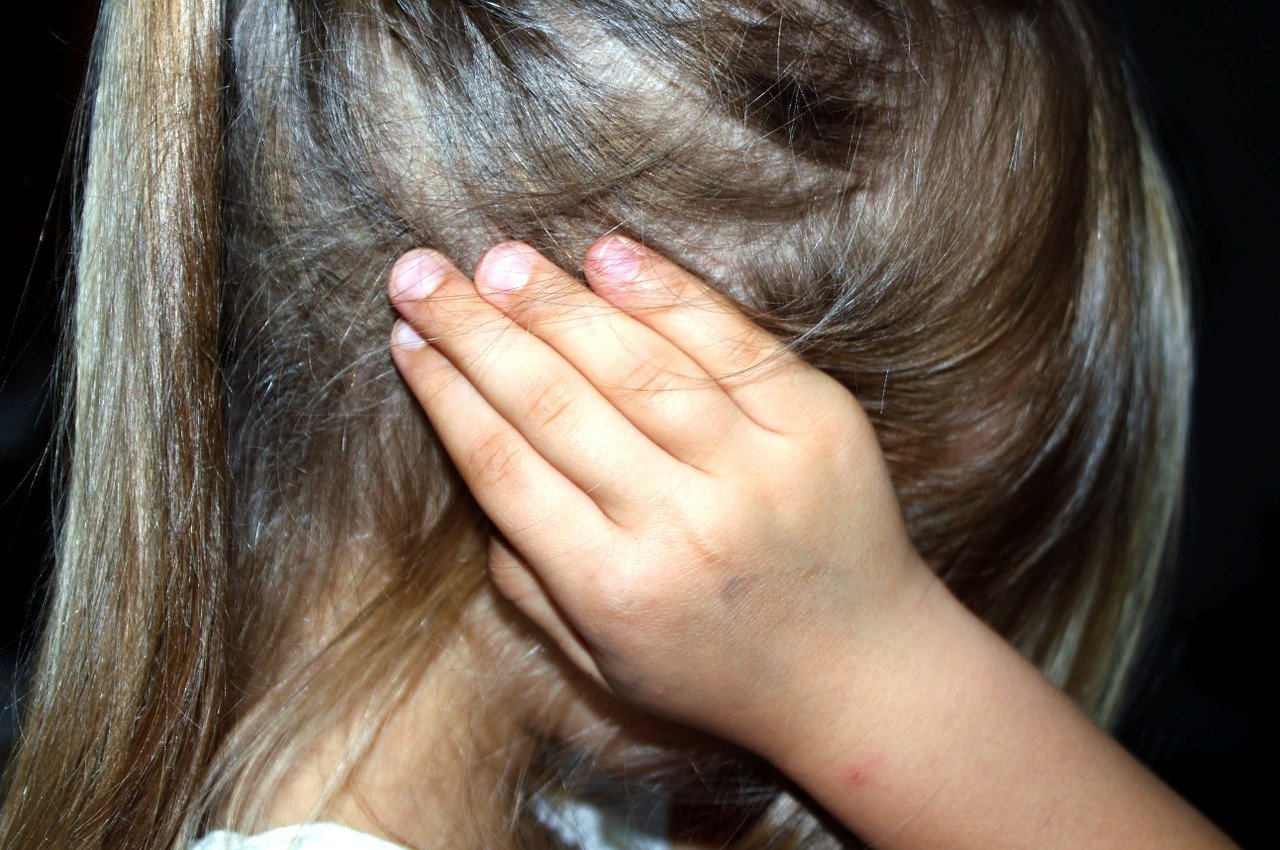Summary: Increased connectivity between the auditory cortex and motor control areas related to the mouth, face, and throat, could be a key feature in identifying misophonia, a condition marked by extreme reactions to “trigger sounds”, such as other people chewing.
Source: Newcastle University
A supersensitised brain connection has been identified in people who suffer from misophonia, an extreme reaction to “trigger” sounds.
For the first time, researchers led by Newcastle University, have discovered increased connectivity in the brain between the auditory cortex and the motor control areas related to the face, mouth and throat.
Publishing today, in the Journal of Neuroscience, lead author Dr Sukhbinder Kumar, Newcastle University Research Fellow in the Biosciences Institute said: “Our findings indicate that for people with misophonia there is abnormal communication between the auditory and motor brain regions – you could describe it as a ‘supersensitised connection’.
“This is the first time such a connection in the brain has been identified for the condition.”
Misophonia, which means literally ‘hatred of sound’, is a condition in which sufferers experience intense and involuntary reactions to certain sounds made by other people, referred to as ‘trigger’ sounds. Trigger sounds are often the sound of someone chewing, breathing or speaking and for sufferers, usually related to mouth, throat or facial activity.
Their reaction is often extreme, and tends to consist of a combination of anger, disgust, fight-or-flight response, sometimes an urge to hurt the person making the sound or to leave the situation.
The condition is common affecting anywhere between 6% to 20% of people. Those with the more severe forms can find themselves unable to tolerate family, work, public or social situations.
Previously, misophonia had been considered a disorder of sound processing. This new research suggests that alongside this there is an abnormal type of communication between the brains hearing centre, the auditory cortex, and the areas of the ventral pre-motor cortex that are responsible for movement of the face, mouth and throat.
In response to trigger or neutral sound, scans on people with misophonia showed that the brain’s auditory cortex (hearing centre) responded similarly to people without the condition, however, people with misophonia showed increased communication between the auditory cortex and the motor control areas related to the face, mouth and throat. These motor control regions were strongly activated by trigger sounds in people with misophonia in response only to their trigger sounds, but not to other sound types or in people without the condition.
Dr Kumar adds: “What surprised us was that we also found a similar pattern of communication between the visual and motor regions, which reflects that misophonia can also occur when triggered by something visual.

“This lead us to believe that this communication activates something called the ‘mirror system’, which helps us process movements made by other individuals by activating our own brain in a similar way – as if we were making that movement ourselves.
“We think that in people with misophonia involuntary overactivation of the mirror system leads to some kind of sense that sounds made by other people are intruding into their bodies, outside of their control.
“Interestingly, some people with misophonia can lessen their symptoms by mimicking the action generating the trigger sound, which might indicate restoring a sense of control. Using this knowledge may help us develop new therapies for people with the condition.”
Tim Griffiths, Professor of Cognitive Neurology at Newcastle University, who is a senior author on the study and also a neurologist, added: “The study provides new ways to think about the treatment options for misophonia. Instead of focussing on sound centres in the brain, which many existing therapies do, effective therapies should consider motor areas of the brain as well.”
The team will be further investigating whether this understanding can help develop more effective treatments for misophonia in future.
About this auditory neuroscience research news
Source: Newcastle University
Contact: Karen Bidewell – Newcastle University
Image: The image is in the public domain
Original Research: Closed access.
“The motor basis for misophonia” by Sukhbinder Kumar, Pradeep Dheerendra, Mercede Erfanian, Ester Benzaquén, William Sedley, Phillip E. Gander, Meher Lad, Doris E. Bamiou, Timothy D. Griffiths. Journal of Neuroscience
Abstract
The motor basis for misophonia
Misophonia is a common disorder characterized by the experience of strong negative emotions of anger and anxiety in response to certain everyday sounds, such as those generated by other people eating, drinking and breathing. The commonplace nature of these ‘trigger’ sounds makes misophonia a devastating disorder for sufferers and their families. How such innocuous sounds trigger this response is unknown.
Since most trigger sounds are generated by orofacial movements (e.g. chewing) in others, we hypothesized that the mirror neuron system related to orofacial movements could underlie misophonia. We analysed resting state fMRI (rs-fMRI) connectivity (N=33, 16 females) and sound-evoked fMRI responses (N=42, 29 females) in misophonia sufferers and controls.
We demonstrate that, compared to controls, the misophonia group show no difference in auditory cortex responses to trigger sounds, but do show: (i) stronger rs-fMRI connectivity between both auditory and visual cortex and the ventral pre-motor cortex responsible for orofacial movements; (ii) stronger functional connectivity between the auditory cortex and orofacial motor area during sound perception in general; (iii) stronger activation of the orofacial motor area, specifically, in response to trigger sounds.
Our results support a model of misophonia based on ‘hyper-mirroring’ of the orofacial actions of others with sounds being the ‘medium’ via which action of others is excessively mirrored. Misophonia is therefore not an abreaction to sounds, per se, but a manifestation of activity in parts of the motor system involved in producing those sounds.
This new framework to understand misophonia can explain behavioural and emotional responses and has important consequences for devising effective therapies.
SIGNIFICANCE STATEMENT
Conventionally, misophonia, literally ‘hatred of sounds’ has been considered as a disorder of sound emotion processing, in which ‘simple’ eating and chewing sounds produced by others cause negative emotional responses.
Our data provide an alternative but complementary perspective on misophonia that emphasizes the action of the trigger-person rather than the sounds which are a by-product of that action. Sounds, in this new perspective, are only a ‘medium’ via which action of the triggering-person is mirrored onto the listener.
This change in perspective has important consequences for devising therapies and treatment methods for misophonia.
It suggests that instead of focussing on sounds, which many existing therapies do, effective therapies should target the brain representation of movement.







